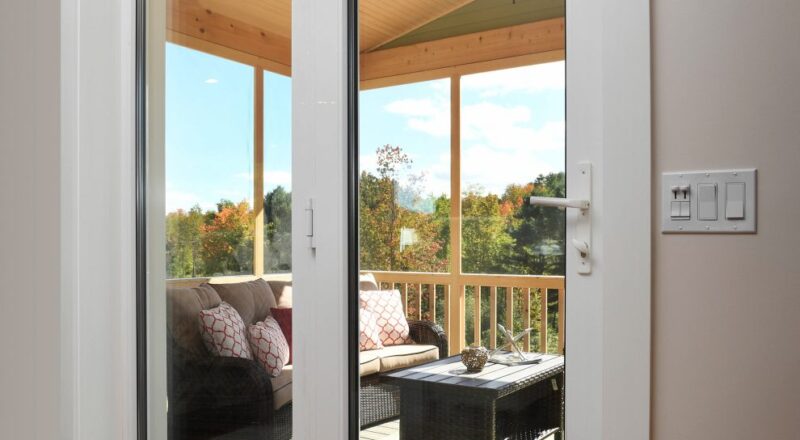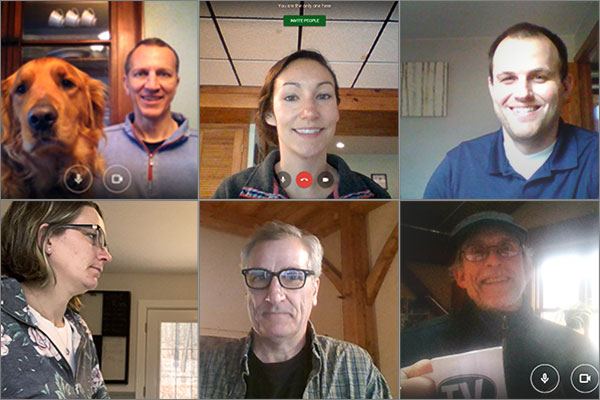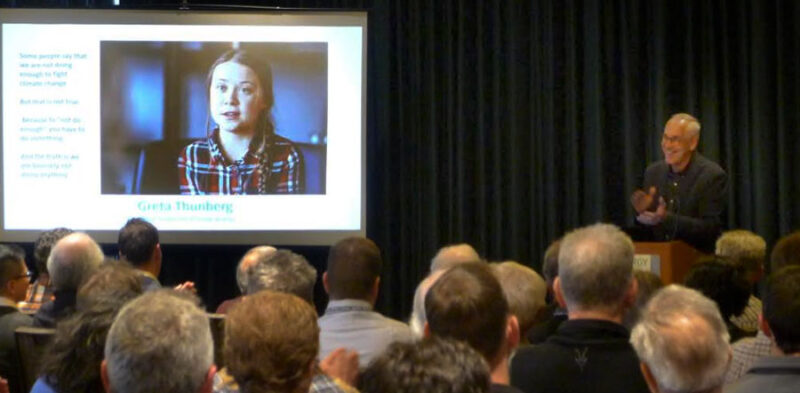The Future?! (credit: AIST)
In the recent
The short answer is no, jobs have not been lost as we’ve become more automated. More workers are employed in our new production facility than were in our old facility. But adequately responding to the question of robots and jobs requires a deeper dive into several important issues currently facing the construction industry.
The biggest concern of most home builders today is the lack of skilled labor. Many experienced tradespeople left construction during the recession, and they haven’t returned. Young people are not heading into the trades in numbers sufficient to fill the need. A more relevant question than “Are robots taking jobs?” might be “How will the homes we need
An issue related to the lack of skilled labor is training and education. Building homes that are healthy, comfortable, energy efficient and durable cannot be done by workers who don’t have good training. The factory setting where the major components of Unity’s homes are built lends itself to training in best practices, which we’ve gathered from around the world. The standard operating procedures, checklists, and ongoing training
In fact, the people working at our new facility feel that the quality of jobs there is higher than the alternatives available in on-site construction. Perhaps rather than asking “Are robots taking away jobs?” the question should be “What types of jobs are desirable and sustainable?”
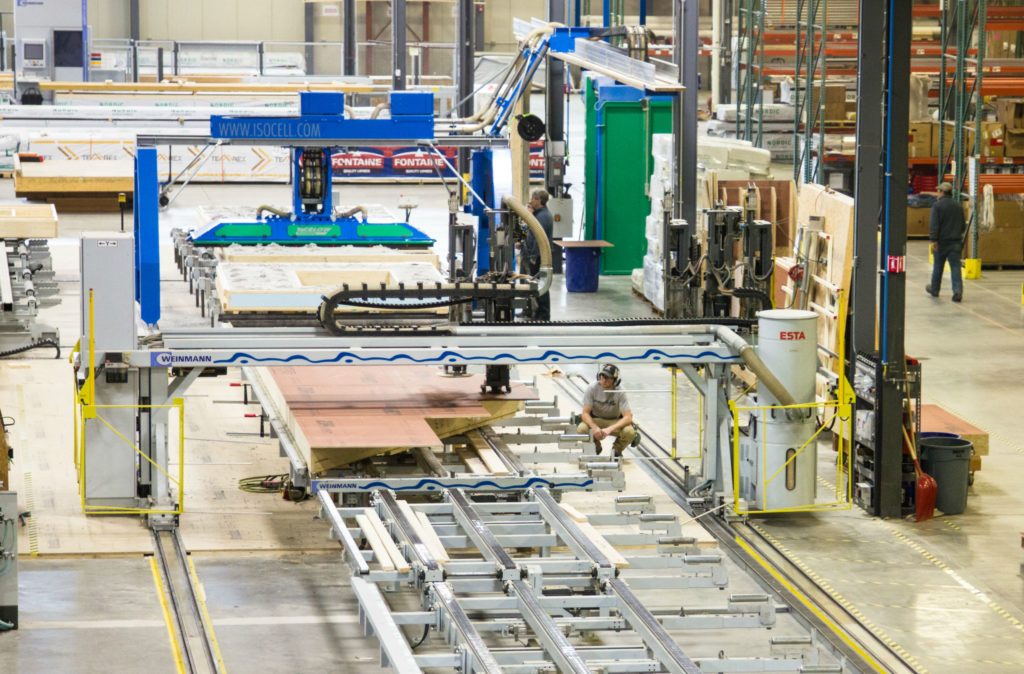
Our new production facility is warm in the winter and cool in the summer. Work stations have been optimized for ergonomics; rather than relying on brute strength, we have vacuum lifts, roller tables, forklifts
In this environment, computer-controlled machinery and material-handling equipment literally do the heavy lifting, freeing up our team members to add value based on their intelligence and experience. Because construction details such as nailing schedules and mechanical penetrations are automated, the operators can focus on safety, quality control, material flow
In many ways, our production methods ask more of our workers than would be required on a typical
Perhaps the most compelling argument in favor of robots and automation in construction is the value that it can create for consumers. According to a widely-circulated report by the consulting firm McKinsey, productivity improvements in construction have lagged far behind other industries during the past few decades. The potential for improvement is immense. According to the report,
If construction-sector productivity were to catch up with that of the
From this perspective, the transition from building homes on job sites to primarily in factories is inevitable. Home buyers will be the main beneficiaries as better homes become available at lower cost. But the people building these homes will also benefit. As Unity and companies like it grow, we will create many new jobs—jobs that are high quality, sustainable and rewarding.
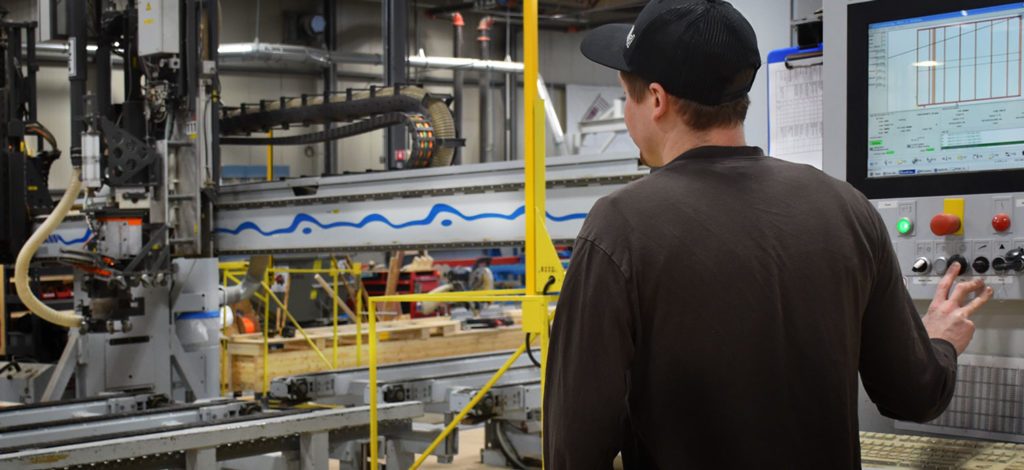
Shop leader Adam Myers sums it up like this: “I grew up building homes the traditional way—out in the weather, hot, cold, rain and snow. It’s hard work, and it’s hard to stay on schedule. In the shop with all the machines, we have the control that traditional builders lack. It makes me a better builder and carpenter knowing how to run these machines, and it’s the wave of the future. It’s really the next step for the building industry, and I love it.”


